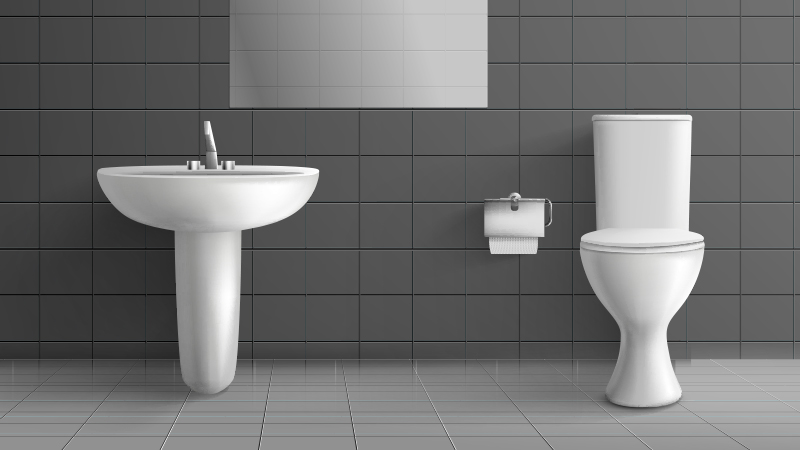
Advanced Ceramics Market Ready to Grow Post-COVID-19 Setback


Advanced ceramic materials, with their wear-resistance and biocompatibility, are preferably suited for an array of implantable medical devices. From drug delivery devices and stimulators to implantable electronic sensors and more, they have a wide range of applications. Zirconia, alumina, and other advanced ceramics products have established their efficacy to stand up to the harsh human body environment.
According to the estimation of the Ceramics Society, the worldwide ceramics market is expected to witness a rise up to $287 billion by the year 2022.
"APAC continues to remain as the fastest-growing market for advanced ceramics, accounting to nearly 54 percent of the global market share," said Jayanthi Chakarapani, Research Analyst at Beroe. "The rising demand from electronics & electrical sector, alongside increasing investment in the healthcare sector, will continue to remain as the key factors that bolster the growth of the market in the near future".
Advanced Ceramics in Medical Devices
The reason why advanced ceramics is so familiar in medical devices and also in different other sectors is its ability to perform superior to other materials available. Engineering ceramics are robust, can withstand extreme temperatures, stresses, highly aggressive chemicals, and nuclear radiation.
The major applications of advanced ceramics in the healthcare industry remain in knee and hip replacements and dental restorations. Also, silicon nitride, zirconia, and alumina are almost immobile ceramics that provide resistance against wear and corrosion in dental and medical implants. Monolithic ceramics is one of the majorly used advanced ceramics types that contribute to approximately 79 percent of the total share. The main application areas include bio-ceramics, electrical & electronics, and defense.
Advanced Ceramics for Implantable Electronic Devices
With the advancement of engineering ceramics technology, an evolution occurred in the implantable electronic gadgets too. Doctors and researchers have implemented cochlear implants, pacemakers, hearing devices, defibrillators, and neurostimulators. Another chief area where technical ceramic development took place in implant applications is ceramic-based coatings. DLC or diamond-like carbon is a perfect example of that. It increases the hardness of the surface, reduces friction, and stops ion transfer from the metallic implant elements.
COVID-19 Impact on Global Ceramics Market
The massive use of advanced ceramics remains in the electrical & electronics sector. Different electronics components such as insulators, capacitors, integrated circuits, and various other types of equipment use advanced ceramics, which has tremendous application in the production of clutches, diesel cam rollers, and others. However, due to the pandemic, some deficiencies and short-time pauses occurred in the manufacturing sectors.
- Electrical & Electronics Industry – Owing to the unavailability of raw materials, fabrication and manufacturing of the electronics components received a pause. Reduced workforce and slowing logistics in the larger producer countries affected the demand & supply chain of electronics products in the international market.
- Healthcare Industry – The pandemic has boosted the demand for several types of medical devices, such as patient care systems, ventilators, and thermal scanners. It urges faster supply of several raw materials, their regulatory approvals, and on-time logistical support.
Defense Industry – Demands for defense-related services and equipment went down a bit. Companies may need to face tough choices which can affect finances.
Advanced Ceramics Market Challenge
Still, the use of advanced ceramic materials in any new application does not receive a warm acceptance. The reason is the absence of customer awareness about advanced ceramic products. Advanced ceramics had received a good response in different high-end applications of the defense and aerospace industries. However, a question mark remains on its entry and acceptance in several low-cost applications associated with the electronics industry. The higher cost of advanced ceramic materials is somehow to blame!
Future Trends
Ceramics made for use on the human body are known as bio-ceramics. These are biocompatible and hence solely used for joint replacement and repair purposes and as dental materials. These can be divided into two sections, bioactive and bioinert. Bio-ceramics is gradually growing its market and will soon be an inseparable part of the medical industry.
“Driven by the rapidly evolving market for implantable medical devices, advanced ceramics materials manufacturers and material scientists will continue developing more sophisticated, smaller, and long-lasting new implant materials in the future,” said Jayanthi Chakarapani, Research Analyst at Beroe.
Related Insights:
View All
Get more stories like this
Subscirbe for more news,updates and insights from Beroe






